Let's not use the limbs as wings, aesthetically it just doesn't look like a "fairy".
Let me suggest the flying lizards work around instead.
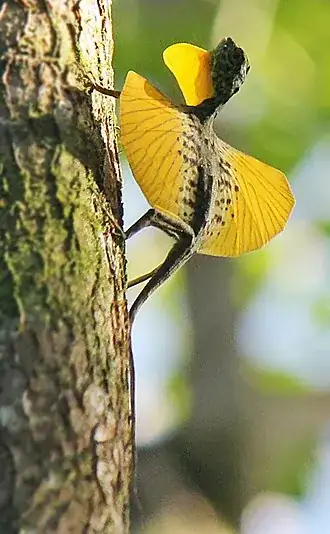
As you can see they've extended their ribs & used them instead of their forelimbs like the bat, here's a look at the skeleton.
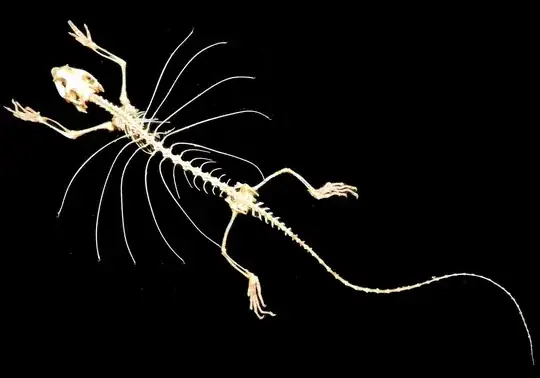
Imagine your flying lizard has hair (or is a flying mouse) & evolves a long fringe of stiff bristles along the edge of its 'wings' giving more surface area (even if it does have gaps).
Now that the hairs evolve to be flatter & begin to merge into a single sheet of thin stiff keratin (the stuff your hair & fingernails are made of).
Over time the skin flaps recede & the keratin wing surface expands (less flesh to provide blood flow to, has to be an evolutionary advantage in that).
The intercostal muscles associated with the ribs in question develop more strength & shift anchor points as needed & the position of the extensible ribs they're anchored to slowly shift further back & around to a more traditional position for fairy wings.
Once they start gliding you've all the same evolutionary pressures as birds & they evolve many of the same evolutionary advantages for flight birds have (higer neuron count for smaller brains with the same intelligence & denser honeycombed bones etc).
Now imagine it was a miniature human instead of a lizard & there's your fairy.
If we use only 2 pairs of ribs we can give it the double wings of most insects & a really thin colourless keratin wing can look just like an insect wing.
They'll appear to have two less ribs than a normal human of course.
That covers the basic morphology & how they got there.
Instead of 'bat wings', they'll have scaled up insect wings with Keratin serving in place of an insects Chitin & the morphology of their arms & hands can be entirely unaffected.
Their wings might perhaps look much like a dragonfly's but more translucent (less transparent).
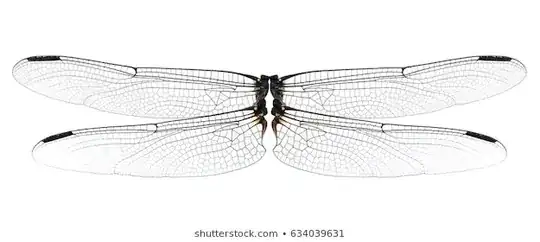
But where on the body will these wings be & which two ribs should we use?
As you can see from this picture the horizontal centre of balance of the human body (with swept back arms to make it slightly more aerodynamic) is basically just above the hips.
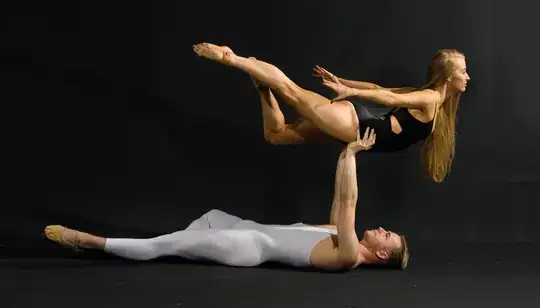
So (contrary to normal depictions of wings sprouting from shoulder blades) the small of the back is it seems the best position (yes, I didn't expect that either) so we use the 11th & 12th rib for our fairy wings.
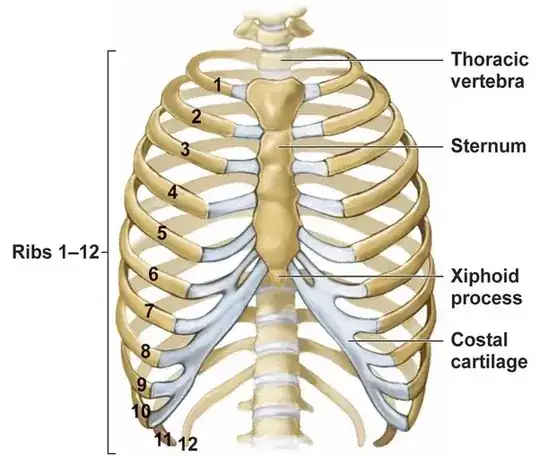
They're not quite far enough down for perfect balance in horizontal flight but that's OK, leaves some wriggle room for a larger head & brain (to help make reasonable intelligence less implausible).
The 11th & 12th vertebra probably fuse for strength & evolve into a shape better suited for anchor points for the wing muscles, imagine a ridge or 'keel' rising from the back of the fused vertebrae & then extending into a plate that looks something like four symmetrical scapula fused together with the socket joints facing out (two on each side) resting on top of the ridge rising up (as the fairy lies on its chest) from the fused vertebrae.
So if you cut the wings off you'll be left with what looks like four small stumpy shoulders (with their arms amputated just before the bicep) in the small of it's back.
Which (sort of) approximates this (at 0:45 on the tape) on a dragonfly.
The ribs have shortened considerably of course & developed a ball to sit in the socket joint formed on the remolded vertebra & each need six muscles for a full range of motion (rotate one way, rotate the other, sweep forward sweep back, flap down, flap up).
There's only three intercostal muscles per rib but I'm confident there are plenty other small muscles that can be expanded & repurposed, the arrector pili muscles of hair follicles for a start (the ones a porcupine uses to rattle its quills) so I don't foresee a problem there.
Or we can fuse the 11th & 12th ribs for the first pair of wings & the 9th & 10th for the second pair if we have to (letting us repurpose six intercostal muscles per wing).
Of course the smaller end of your scale makes it easier for them to fly & there's obviously no reason a humanoid can't be small.
Take the pygmy marmoset for example, that's even smaller than you ask for.
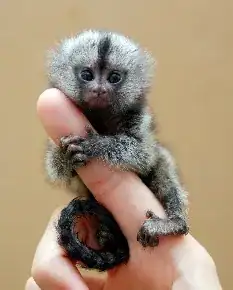
The square cube law really isn't an issue for body design (morphology) at this size (as evidenced by the pygmy marmoset in comparison to other primates) & won't plausibly have any visible effect on it.
However, smaller animals have a greater surface area to volume ratio, so more heat is lost, which is probably the main reason smaller mammals have higher metabolic rates (to replace the lost heat), & higher metabolic rates lead to shorter lifespans & mean they need to eat more frequently.
Of course as you get really small you begin to come up against issues of plausible intelligence.
.
Now some math
The average North American male is 175.5 centimeters tall & 10 inches is 25.4 centimeters.
So 6.9094488189 of your 10 inch munchkins are as tall (175.5/25.4).
So 329.860423747 of them are the same mass (6.9094488189 cubed).
A human brain is around 3 pounds which is 1360.78 grams.
So a 10 inch humans brain is 4.12532059634 grams (1360.78/329.860423747).
& are half the height of a 20 inch one so 8 of them fit in one (2 cubed).
So a 20 inch humans brain is 33.0025647707 grams (4.12532059634*8).
.
The brain of the domesticated cat weighs 25–30 g & is about 0.9 percent of their body mass compared to about 2 percent in an average human and about 1.2 percent in an average dog.
Cats often perform as well as a two or three year old in cognitive tests & our 20 inch fairy has a larger brain.. with a higher neuron density per gram.
A raven's brain may weigh just over half an ounce, but it accounts for 1.3 percent of the bird's body mass, half an ounce is 14.1748 grams.
.
.
Ounce for ounce birds have significantly more neurons in their brains than mammals or primates
.
Birds pack more cells into their brains than mammals
.
While Crows can perform as well as 7- to 10-year-olds in some cognitive tests.
So (with a large amount of hand waving) we might plausibly & conservatively assign a 20 inch tall fairy with an equivalent intelligence to a four or five year old human, the 4 gram brain of the 10 inch version isn't something I'd want to hazard a guess about.
.
So what does it "look like"
It can look just like a normal human, but smaller, with insect wings, you probably won't even notice the missing ribs unless you examine it very closely.
Work still in progress Dang! forgot about this, I really should tidy it up & finish it off, no time now, tomorrow or later, just intelligence left to comment on I think.





